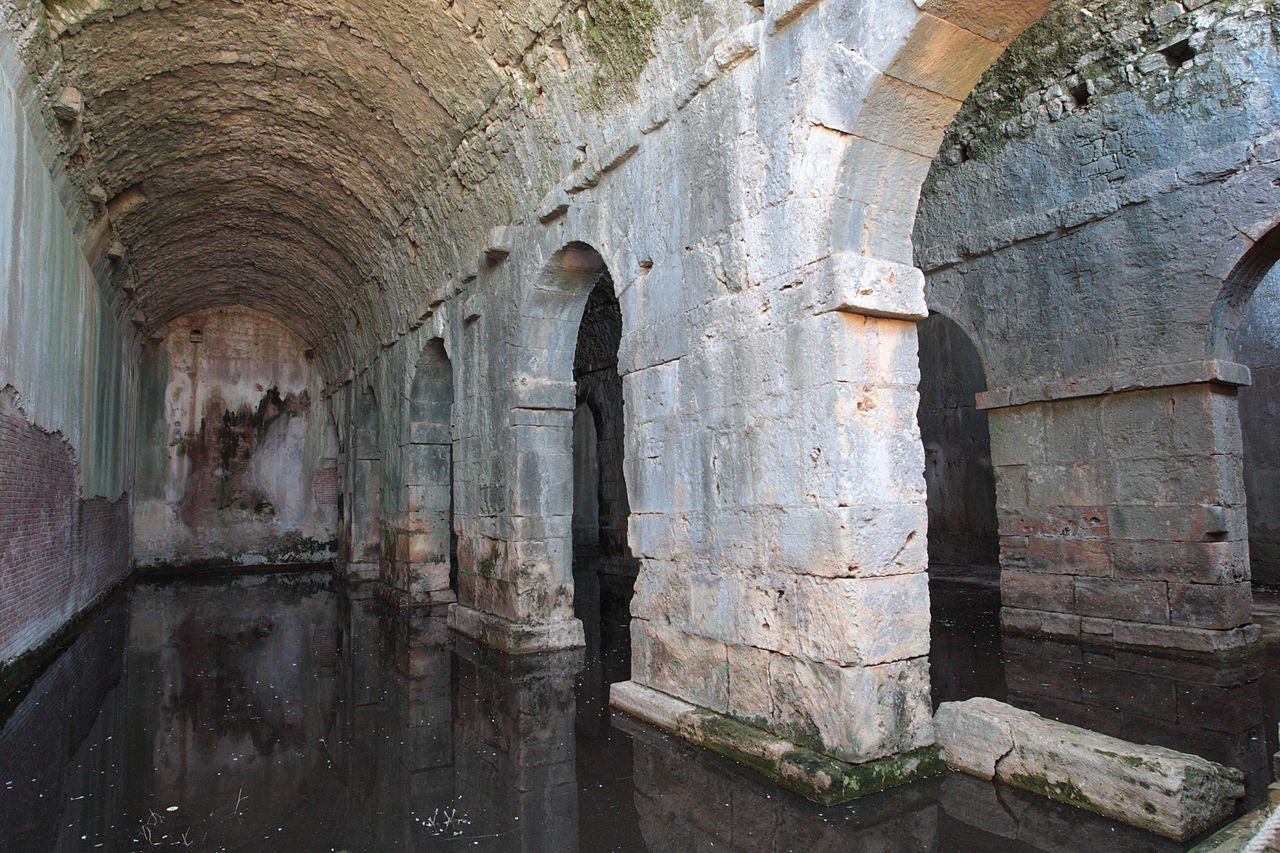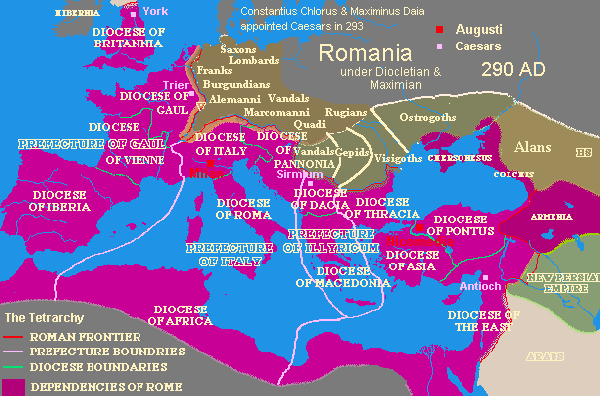Baby
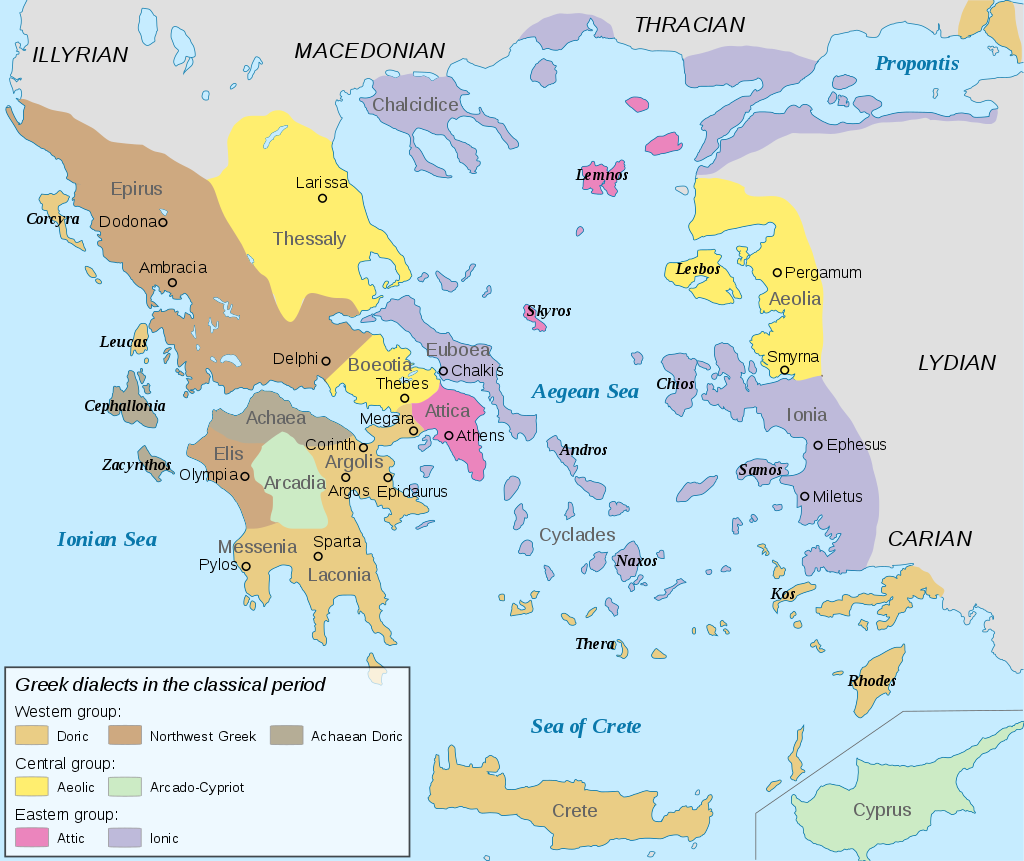
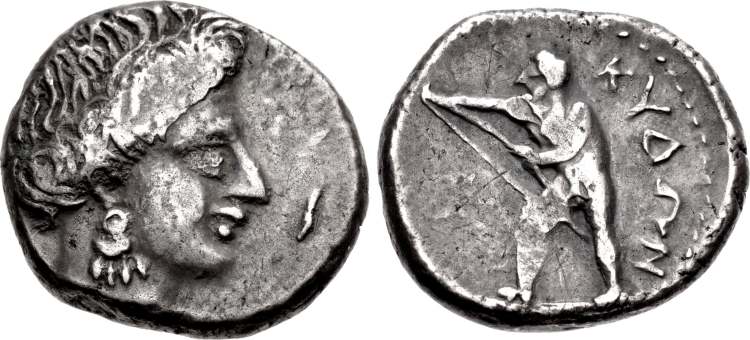
The first major wave of settlers from mainland Greece, the Dorian Greeks, came around 1100 BC with Homer referring to them for the first time in Odyssey where Kydonia is referred to as one of the most important cities on the island of Crete. Like most of the Greek city states at the time, Kydonia was constantly at war with its neighboring city states, such as Aptera to the east & Phalasarna to the west. According to the excavated evidence it seems Kydonia gave the victory to whichever side it chose to support, in the constant infighting between the cities of the Cretan island. Although only a few traces from the classical period (4th – 5th BC) have been found, we can safely assume by the references of ancient writers that the city knew a time of prosperity. The famous sculptor Kresilas (Κρησίλας), student of the renowned sculptor Phidias (architect of the Athenian Acropolis), came from Kydonia.
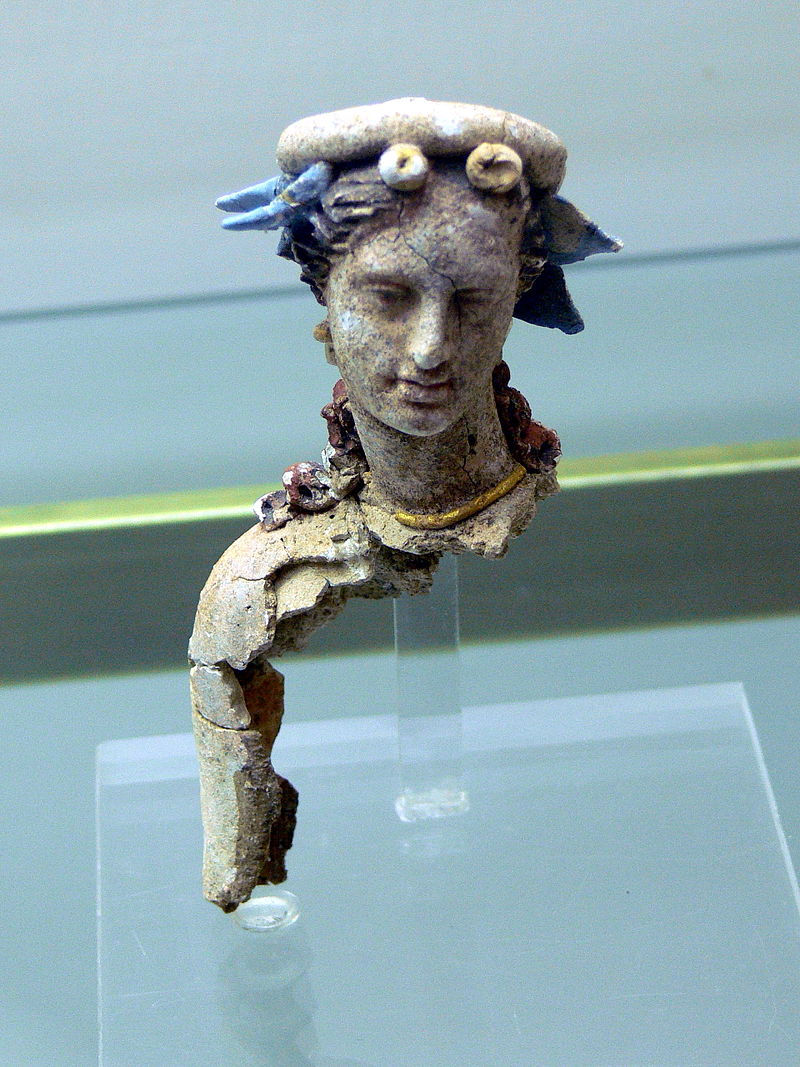

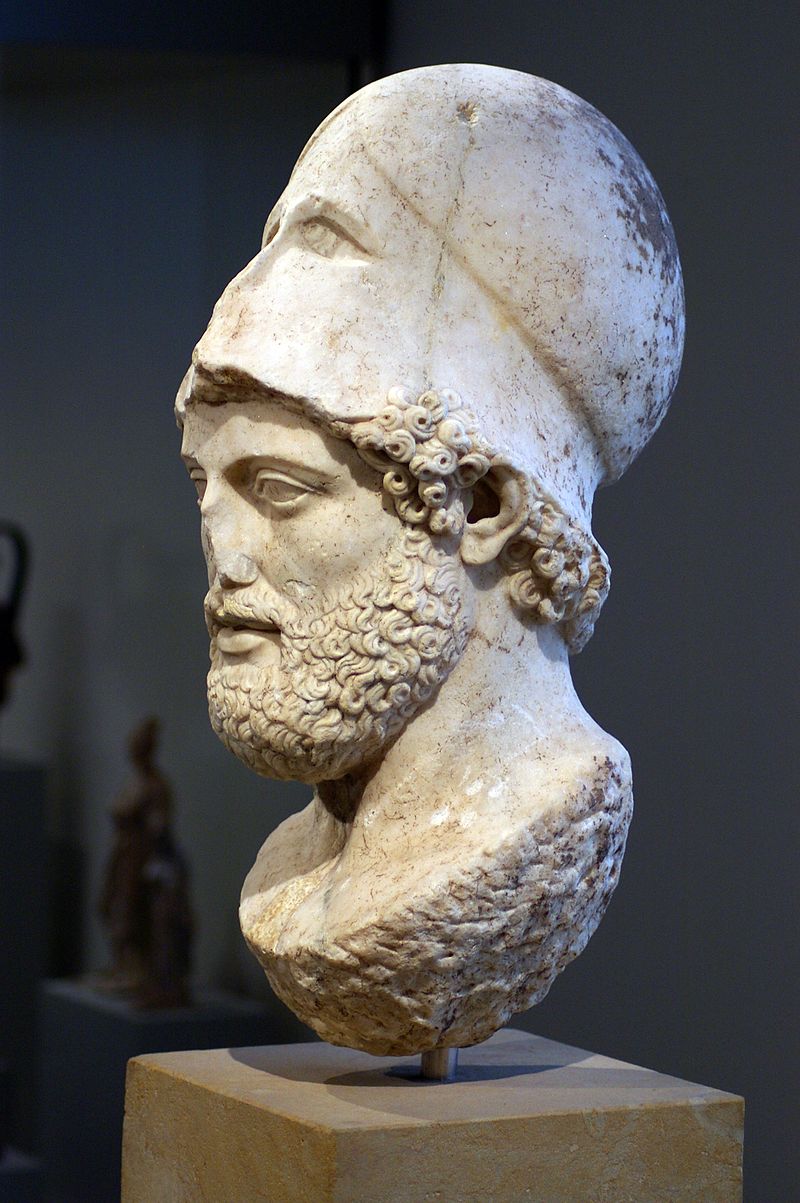
The Romans foresaw the strategic importance of the island & tried to find ways to intervene in its domestic affairs from the start of 2nd century BC. In 71 BC Marcus Antonius Creticus tried to clear the Mediterranean Sea from the threat of piracy but was defeated and most of his ships were sunk by the Cretans and their pirate allies. He barely saved himself by signing a humiliating treaty and was mockingly given the by-name Creticus, which meant conqueror of Crete by his fellow Romans. Two years later however, the Roman consul Quintus Caecilius Metellus Creticus father of the famous in history Mark Anthony, member of the Roman upper class, praetor and pontifex from 73 BC until his death, defeated the Cretans & conquered Kydonia, to which he granted the privileges of an independent city state & the right to mint its own coins.
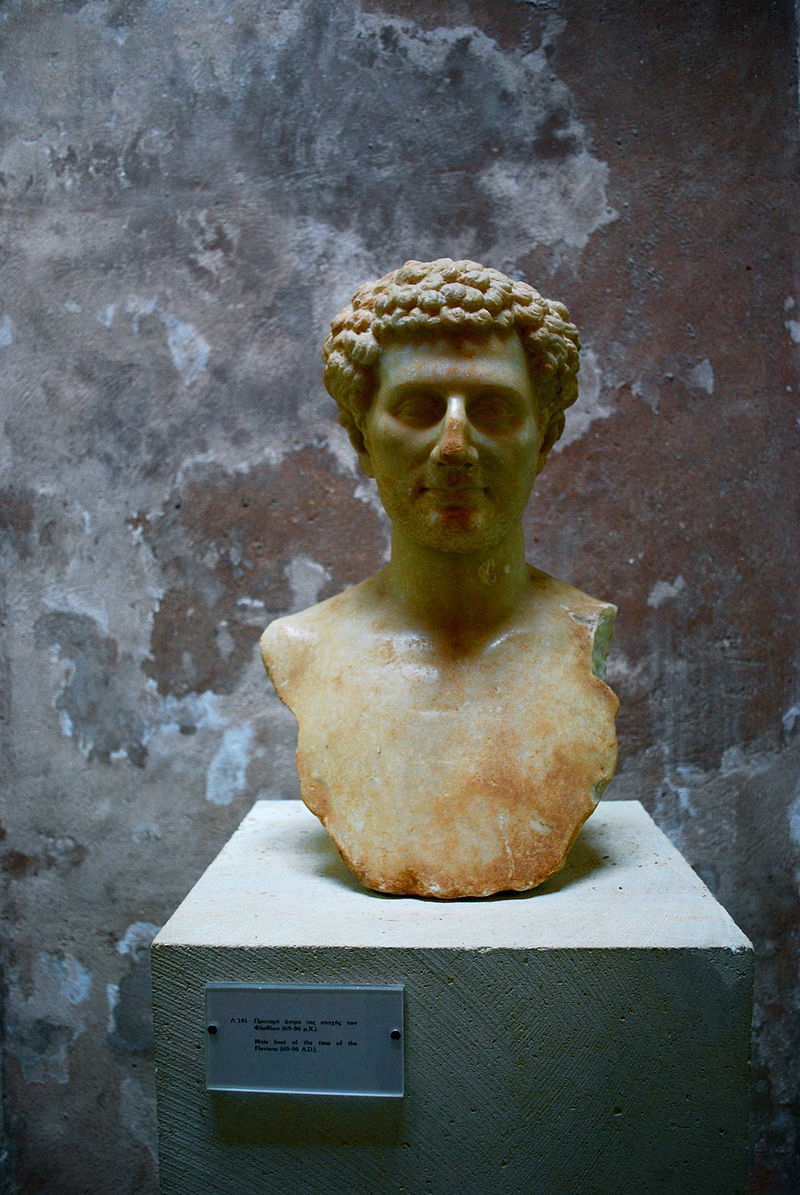
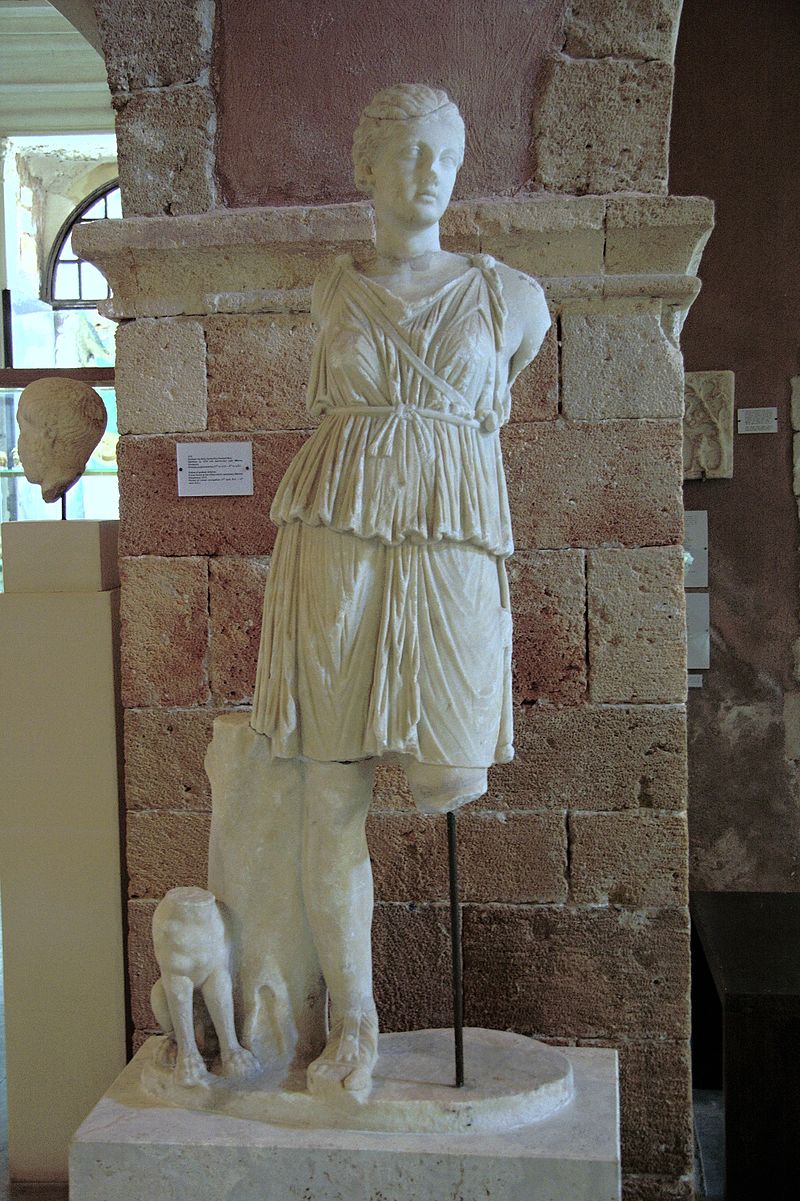
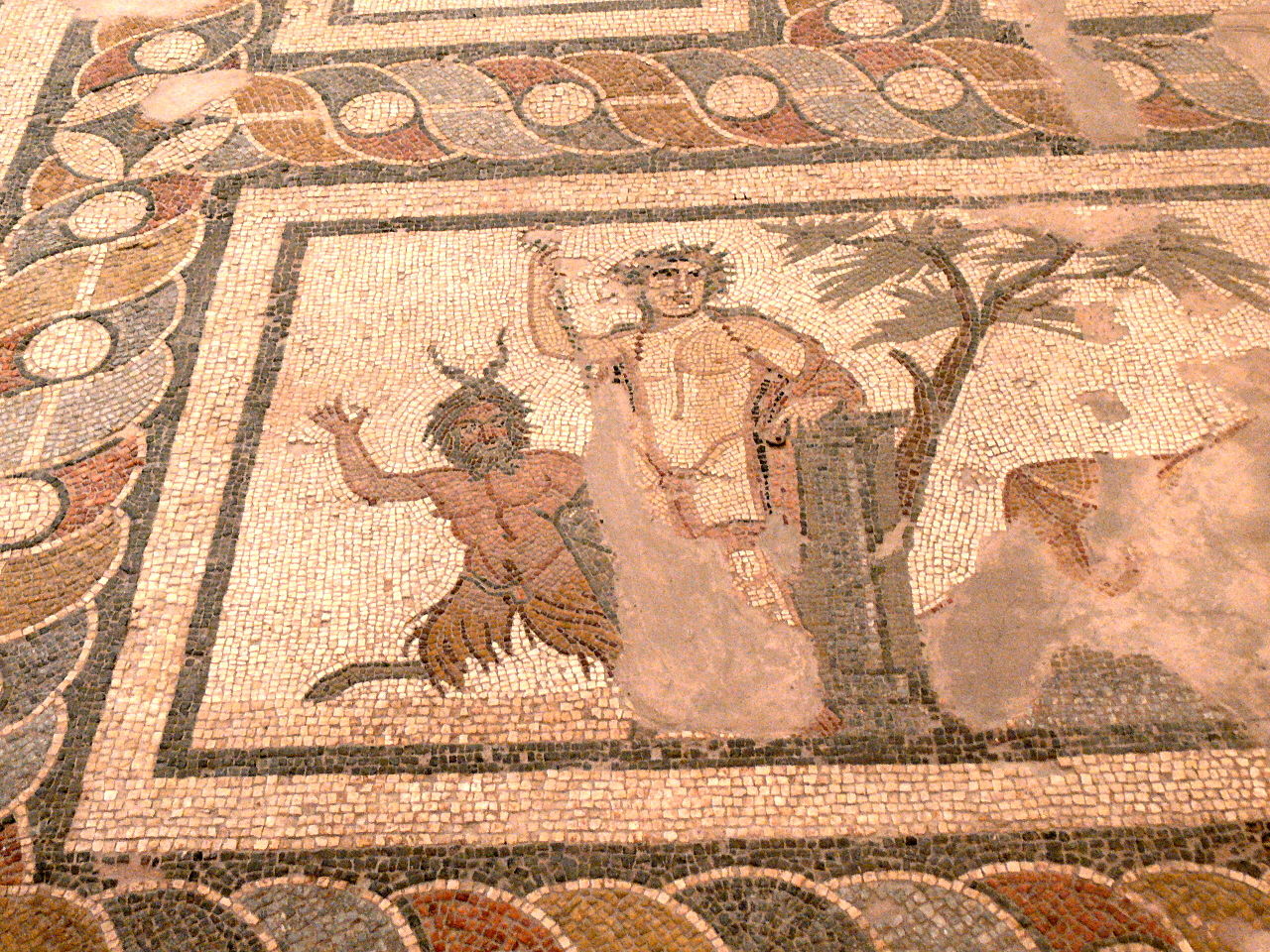
After the Roman conquest the Island of Crete formed a joint province with Cyrenaica, the coastal region of Eastern Libya. The province was known as the Provincia Creta et Cyrene with its capital being Gortyna, on the south of modern day Heraklion. A long and peaceful period followed with many luxurious public & private buildings of elaborate mosaic floors & fine Roman sculptures, a Roman theater (it survived until 1585) erected in Roman Kydonia.
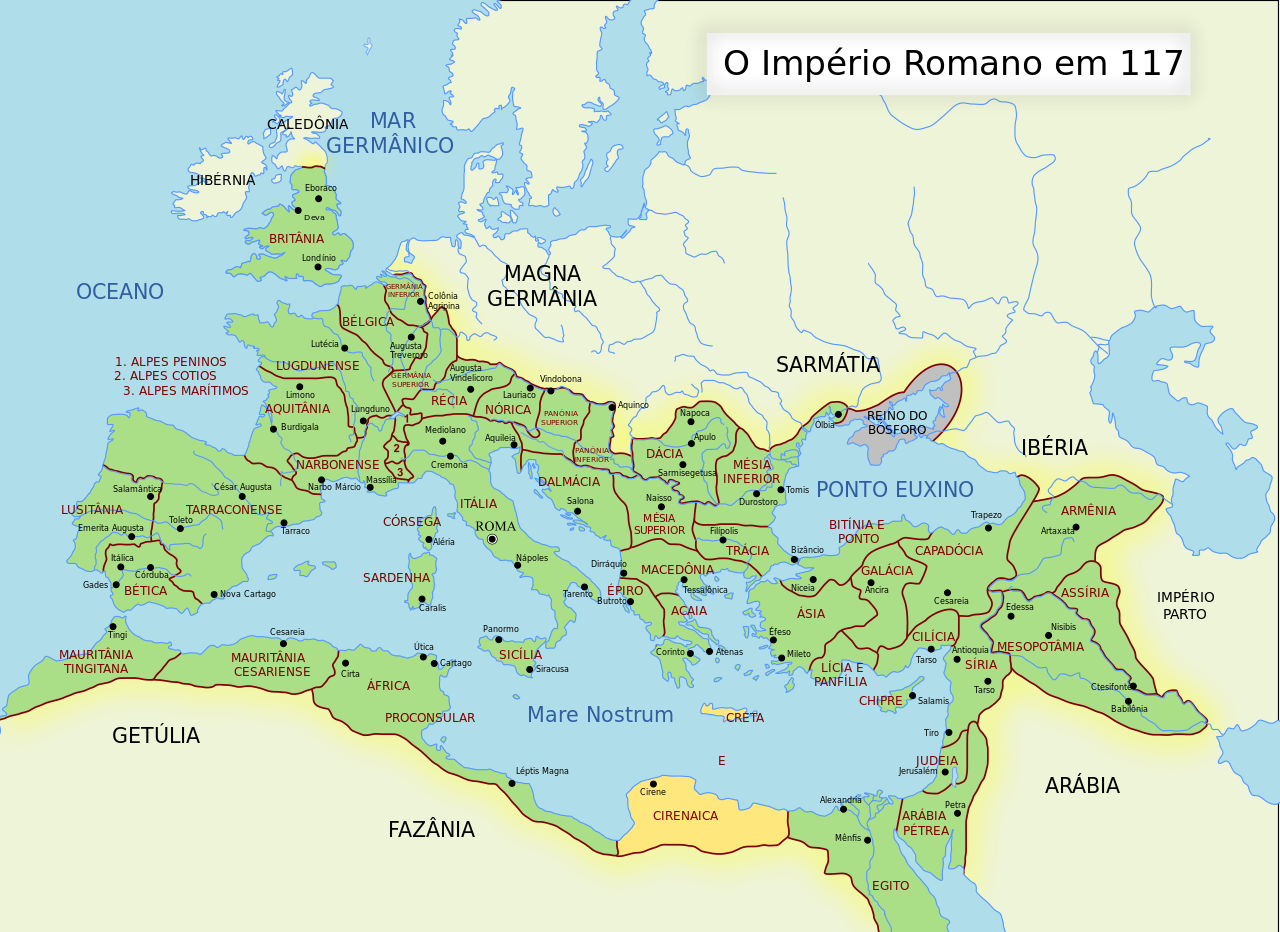
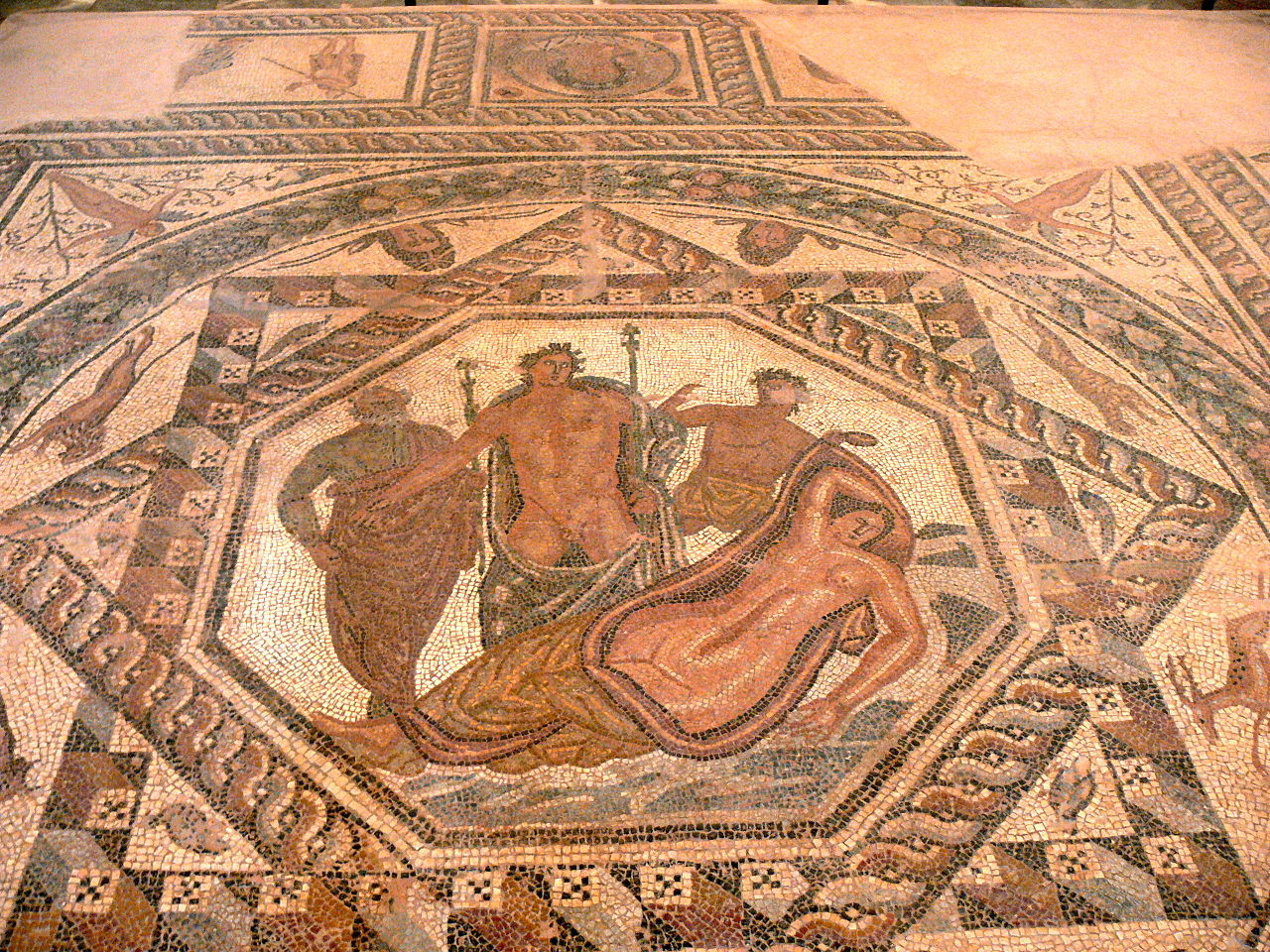
In 298 AD the great reformer Roman Emperor Diocletian separated the two provinces recognizing the geographic inconvenience of their political matrimony. The Diocletianic Persecution (303–11), the empire’s last and bloodiest official persecution of Christianity, did not destroy the empire’s Christian community, on the contrary, after 324 Christianity became the empire’s preferred religion under its first Christian emperor, Constantine the Great. Constantine placed Crete in the Praetorian prefecture of Illyricum that included most of modern Greece and Western Balkans and was run by Thessaloniki.
